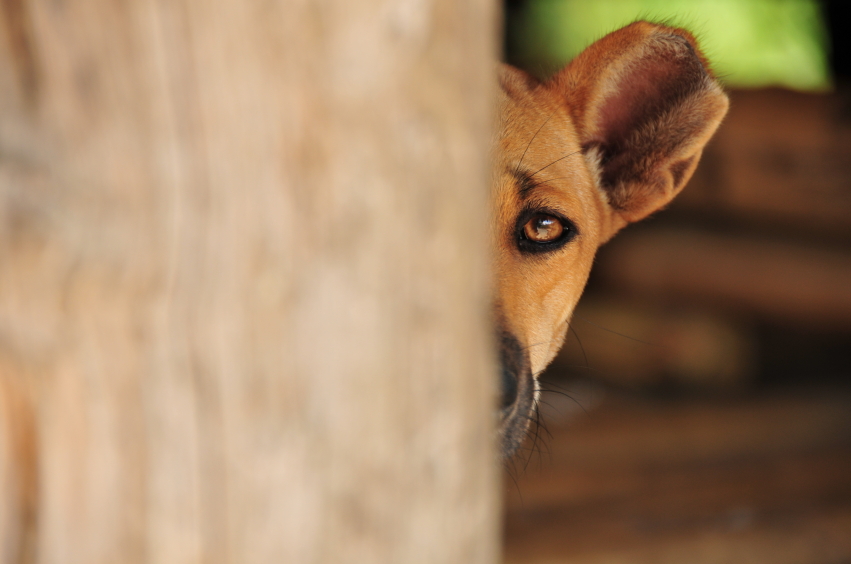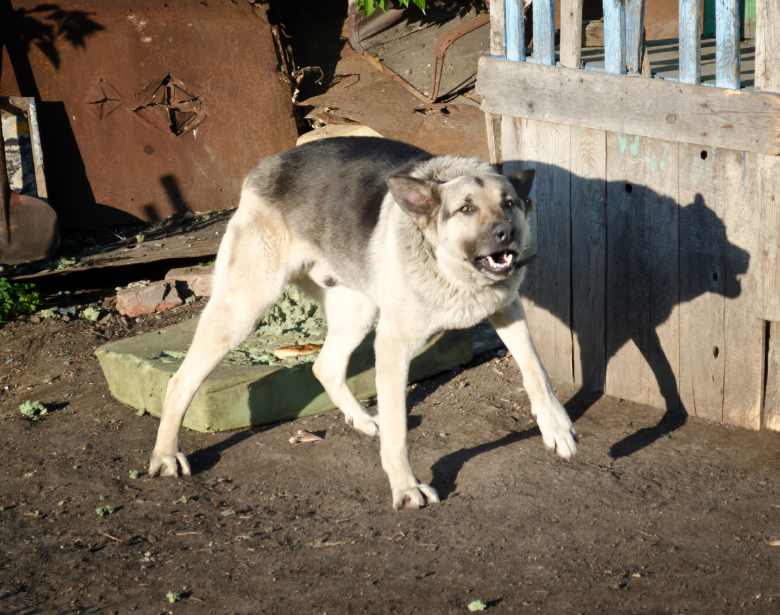Living with a Fearful Dog
Fearful dogs don’t always present to us in the same way.
SHUT DOWN AND NON RESPONSIVE
At one end if the spectrum are the dogs that are shut down and non responsive. The situation they’ve found themselves in is something they can’t deal with on any level, so, quite simply, they don’t. These dogs need expert help, so if you’ve taken on a dog like this, find a good behaviourist to put you on the right track to helping this dog overcome its fears.
SHOWS OF AGGRESSION
More commonly, fearful dogs react to their fears with shows of aggression and seem to live by the theory that “the best form of defence is a good offence”.
A dog may be fearful of people, other dogs, motorbikes, or any number of things and their fear may have come about due to not being socialised as a puppy or due to a frightening experience with a person or dog or motorbike etc.
CHANGING OUR EXPECTATIONS
We often have a picture in our minds of how we expect dogs to be and when our dog doesn’t behave this way we want to ‘fix’ it. What we really need to do is change our expectations. Not all fearful dogs can be fixed, but they can be managed so they’re not put into a position where their fear will cause them to display aggression towards a person or animal. For example, if your dog nips at visitors to your home, you can use a crate, train her so that the crate becomes a safe place for her and put her in there when you have visitors. She can still be in the same room with you without feeling that she has to deal with the visitors. And you can relax knowing that your dog and your visitors are safe.
TRUST
What we can do firstly to help our fearful dog is be a good leader to her. Show her that we can be trusted to make the right decisions to ensure her safety. So communicating with her in a way she can understand is vital. It’s also important to be a calm and consistent leader so she’s not getting confused or wound up by the emotions coming from you.
Secondly, never force the dog to face the things that frighten her, this plan of attack usually backfires, plus your dog will lose confidence in you.
FOOD TREATS
If your dog loves food then use this to help her learn that the things she fears are not only o.k., but can also lead to her getting yummy treats. Let’s say your dog is frightened by rides in the car. Start by casually walking her near the car, praising her and giving her favourite treats. As she becomes happy with being near the car, open some doors and praise and treat her as you walk past the open doors. Progress to placing the treat just inside the car, so she can reach it from outside. Then further inside the car so she has to move into the car to get the treat. Sit with her in the car with the doors open, then with the doors closed. Then with the engine running. Continue to praise and treat. Then moving the car down the drive. Until finally she happily goes for rides in the car. Take her to the park or the beach, somewhere she can enjoy.
Each dog is unique and while it may take one dog a week to get to the point of happily riding in the car, it may take another one months. Don’t be tempted to move through the steps too fast. Be certain that your dog is happy with where you’re at before moving to the next step.
The reward of a happy, well adjusted dog is a great one but so is knowing that your dog trusts you, even if she can’t face all of her fears.
 Posted by adminlog
Posted by adminlog- Posted in Behavior, Training
 Oct, 01, 2014
Oct, 01, 2014 No Comments.
No Comments.
Upcoming Classes
Puppy School : The date for the next class at SRVS Bulls is to be advised.
Phone Karen on 027 5253891 for more details and to make a booking.
Canine Life Skills Class: The next class date will be advised shortly.
Online Course: Good Dog Level 1 – NOW AVAILABLE. Click here for more details
https://schoolfordogs.teachable.com/p/communicanine-level-1
Member of


 06 3288799
027 5253891
info@communicanine.co.nz
06 3288799
027 5253891
info@communicanine.co.nz



